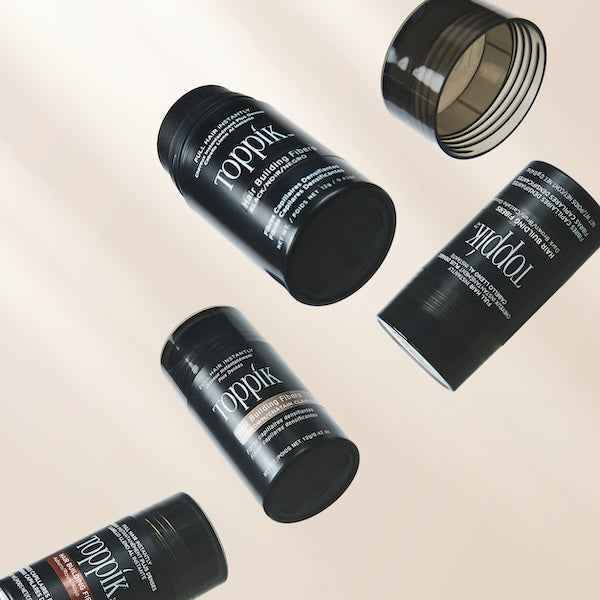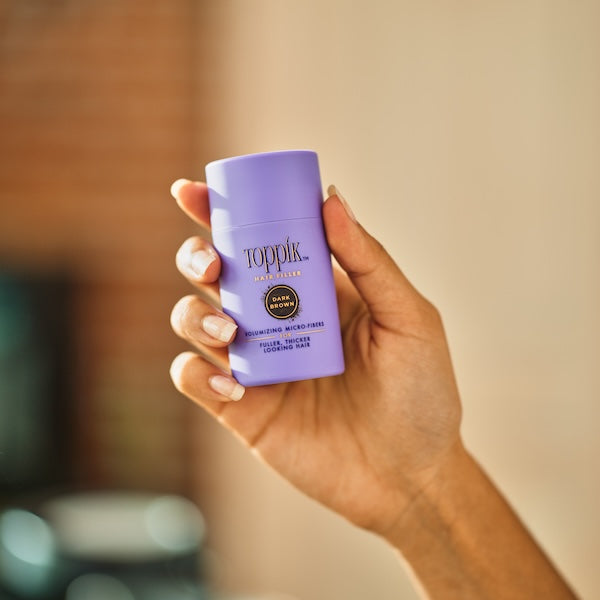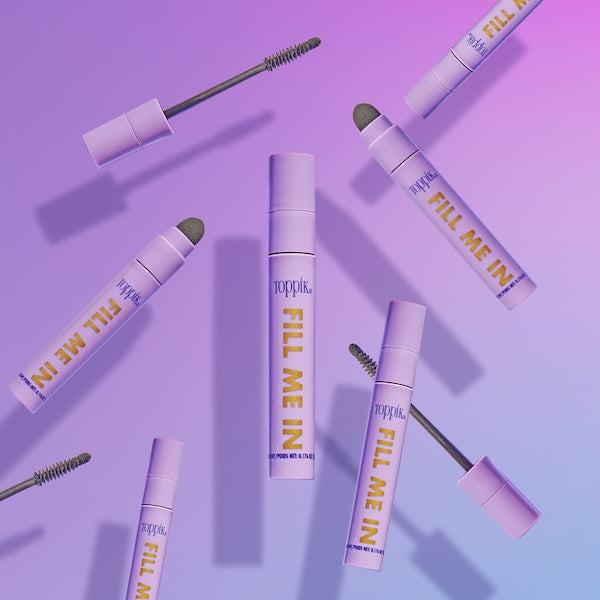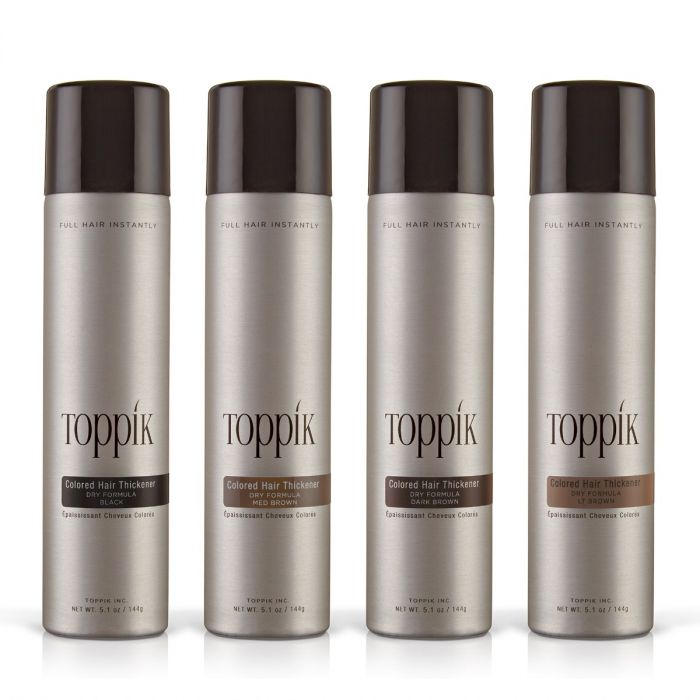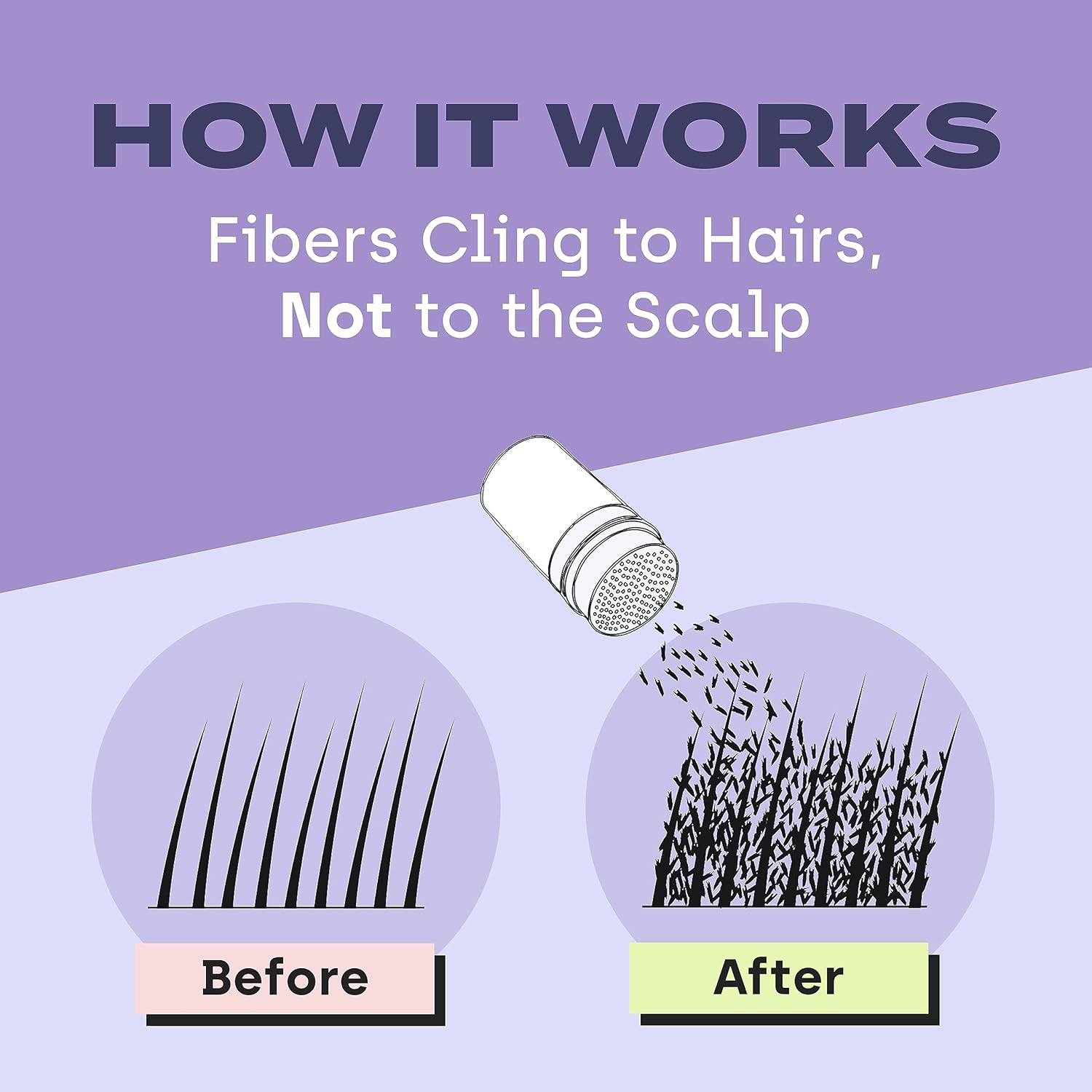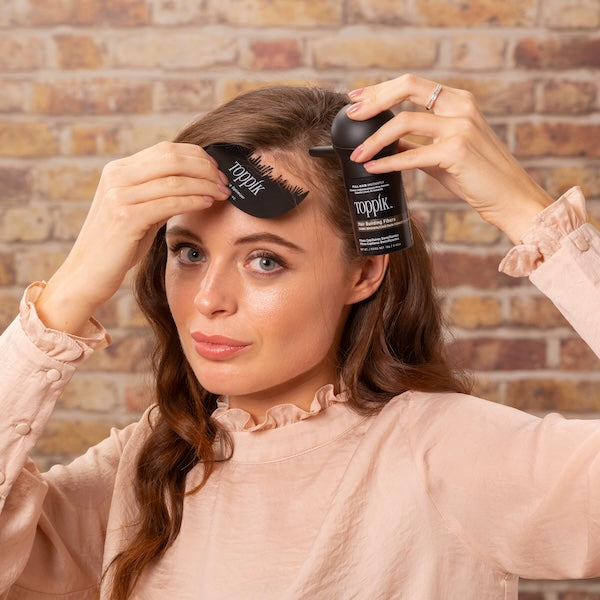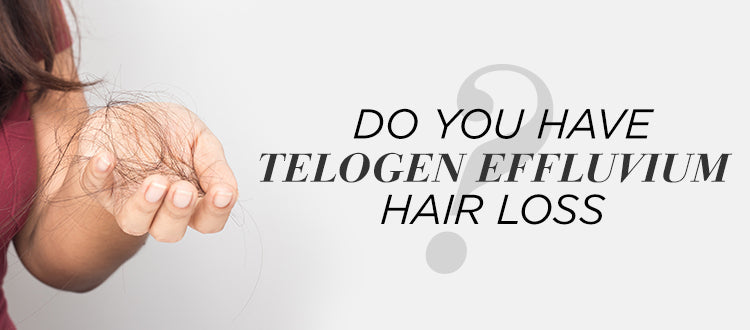This post was originally published on October 9, 2018.
Believe it or not, some hair shedding is totally normal. Thanks to our hair’s natural life cycle of growth and rest phases, it’s perfectly healthy to lose between 500 and 100 hair strands per day.
However, if you’re losing handfuls of hair, you may have telogen effluvium. Telogen effluvium is excessive hair loss that occurs a few months after a stressful or traumatic event. And it’s more common than you think. Telogen effluvium is the second most common form of hair loss after androgenic alopecia (pattern baldness). Keep reading to learn more about telogen effluvium symptoms. Plus, we’ll tell you what causes telogen effluvium and explain telogen effluvium treatment options.
What is Telogen Effluvium?
Telogen effluvium happens when a stressful event pushes more hairs than usual into the telogen or “resting” phase of the hair growth cycle. Examples of stressful events that can cause telogen effluvium include physical stressors like childbirth, extreme sudden weight loss, or a high fever. Emotional stress from a life event like a divorce or even a high-pressure job can also lead to telogen effluvium. Around two months after the stressful event, up to 70% of hair is shed.
Most cases of telogen effluvium are acute or short-term telogen effluvium, which means that hair will grow back on its own. Chronic telogen effluvium is less common than acute telogen effluvium and is caused by persistent stressors like chronic illness or an untreated vitamin deficiency. For regrowth to occur, the hair loss-inducing stressor must first be resolved. 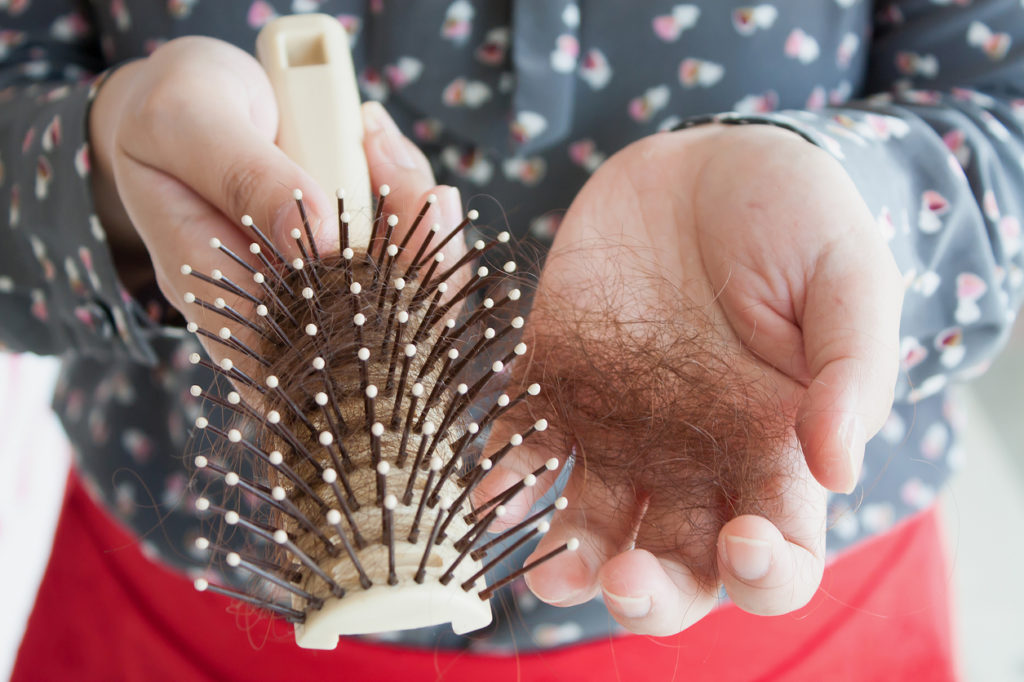
Telogen Effluvium Symptoms
The main symptom of telogen effluvium is thinning hair on the scalp, although it can present itself in a variety of ways. The hair loss can be diffuse or concentrated in particular areas. However, telogen effluvium most often causes thinning at the top of the scalp. Thus, a widening part is one of the major telogen effluvium symptoms.
People with telogen effluvium generally do not lose all their hair, but hair loss can be noticeable in more severe cases. So, does telogen effluvium cause a receding hairline? Here’s the good news: in most cases, telogen effluvium usually does not present as a receding hairline. But it has been known to cause hair loss on other parts of the body like the eyelashes and eyebrows. 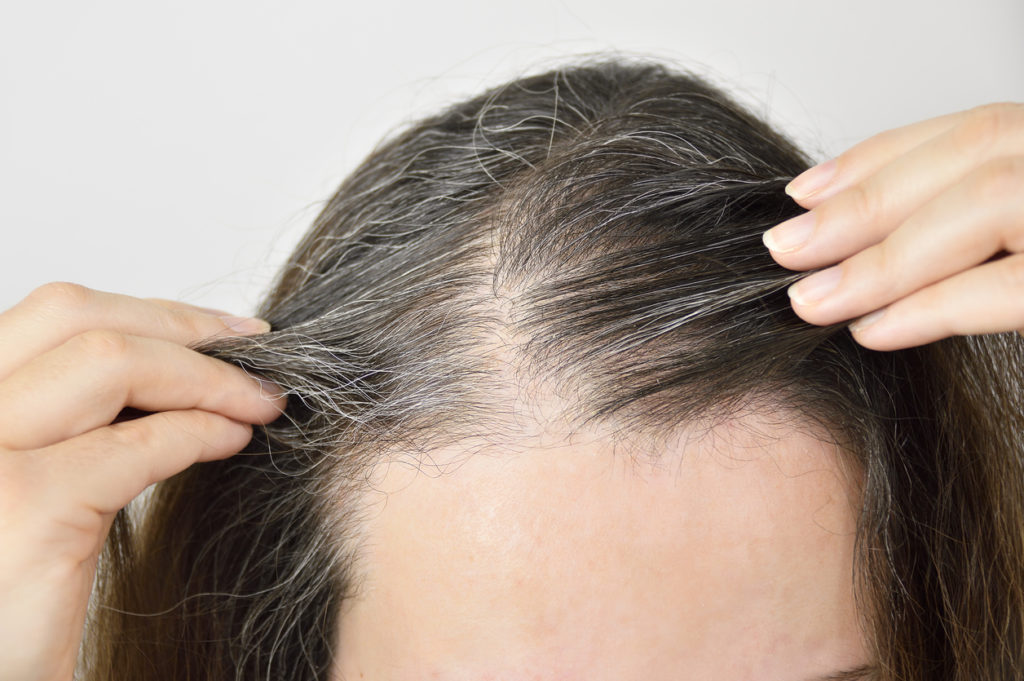
Telogen Effluvium Treatments
If you suspect you have telogen effluvium symptoms, start by visiting your doctor. Your doctor can examine your scalp and perform tests to rule out other causes of hair loss, such as an iron deficiency or pattern baldness (androgenic alopecia).
The good news is that unless there are other factors at play, acute telogen effluvium usually clears up on its own. Once the stressful event is over, hair loss starts to decrease at about six months, and hair usually regains its normal thickness after about a year.
What Does Telogen Effluvium Regrowth Look Like?
There are two telogen effluvium regrowths signs to look out for:- Hair shedding will decrease. If your hair reaches a normal amount of shedding (i.e. 50 to 100 hairs per day), that’s a pretty clear indication that telogen effluvium regrowth is occurring.
- If you have long hair, you will notice more short hair strands throughout your scalp. Whether you call them flyaways or baby hairs, the new hair regrowth will be short and unmanageable until it reaches a length where it can blend easily with the rest of your hair. Even though this sign of telogen effluvium regrowth is annoying, it’s an indication that your hair is moving in the right direction!

Tips for Telogen Effluvium Recovery
1. Try Hair Building Fibers
So what should you do while you wait for your hair to regrow? Try Toppik! Toppik Hair Building Fibers can be very helpful to conceal telogen effluvium symptoms since they instantly disguise hair loss. Toppik Fibers are made from naturally derived keratin proteins and are statically charged to cling to even the tiniest hair strands, so they blend undetectably for naturally thicker-looking hair.
Using the closest shade to your hair color, apply Toppik Hair Building Fibers to thinning areas to cover and give yourself an instant confidence boost.
2. Learn to Manage Stress
Since extreme stress can trigger telogen effluvium, it’s important to learn how to cope with stressors in your environment. Journaling, meditation, exercise, and getting plenty of sleep can help to reduce stress levels to recover from telogen effluvium or help prevent it in the first place.3. Eat a Healthy Diet
Eating a hair-healthy diet is also important for telogen effluvium recovery. Hair follicles require adequate biotin, zinc, iron, and vitamin C to grow thick, healthy hair. So eat a diet rich in lean proteins, fruits, and green leafy vegetables.
Have you had an experience with telogen effluvium symptoms? Let us know in the comments.
| *These statements have not been evaluated by the Food and Drug Administration. This product is not intended to diagnose, treat, cure or prevent any disease. |

